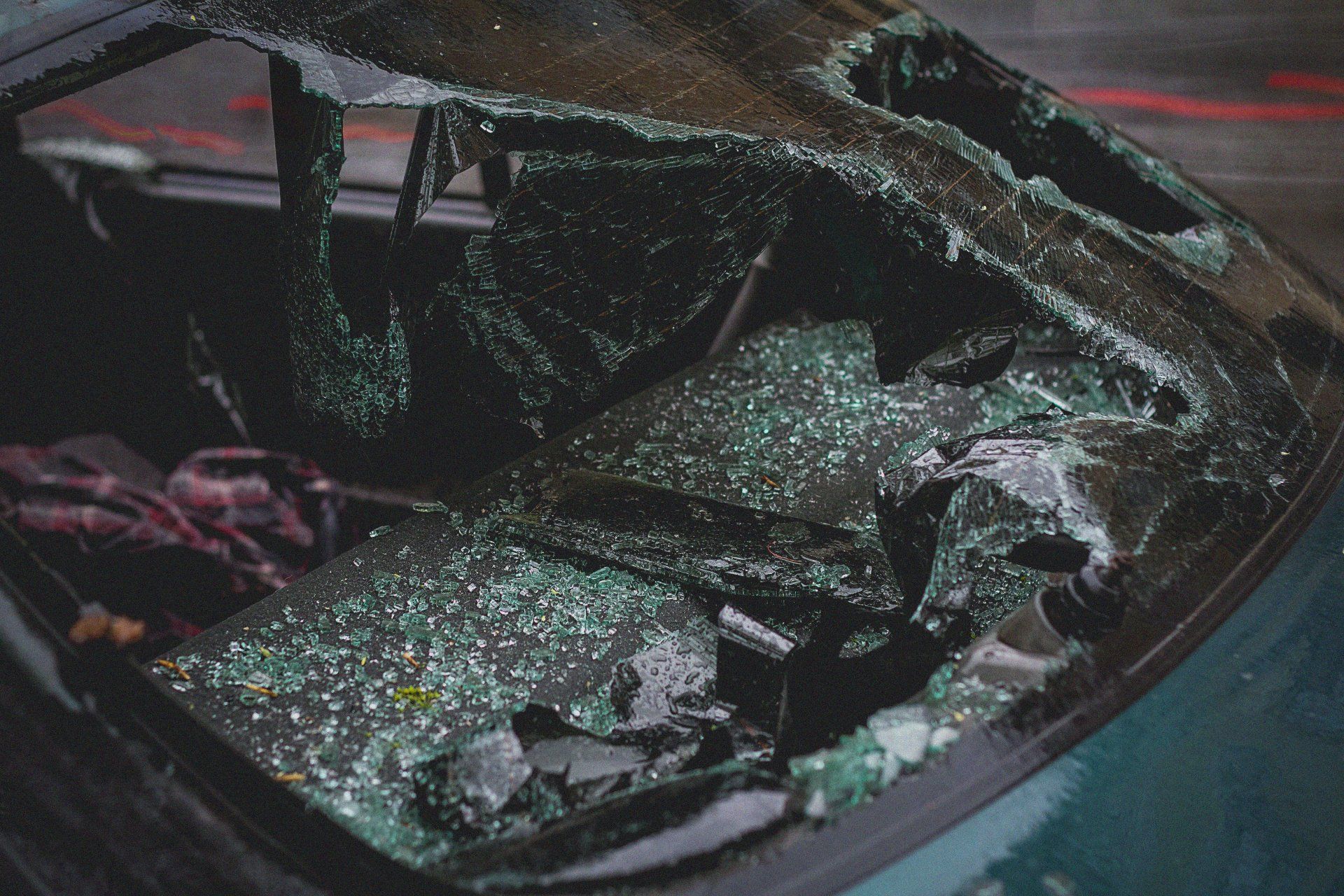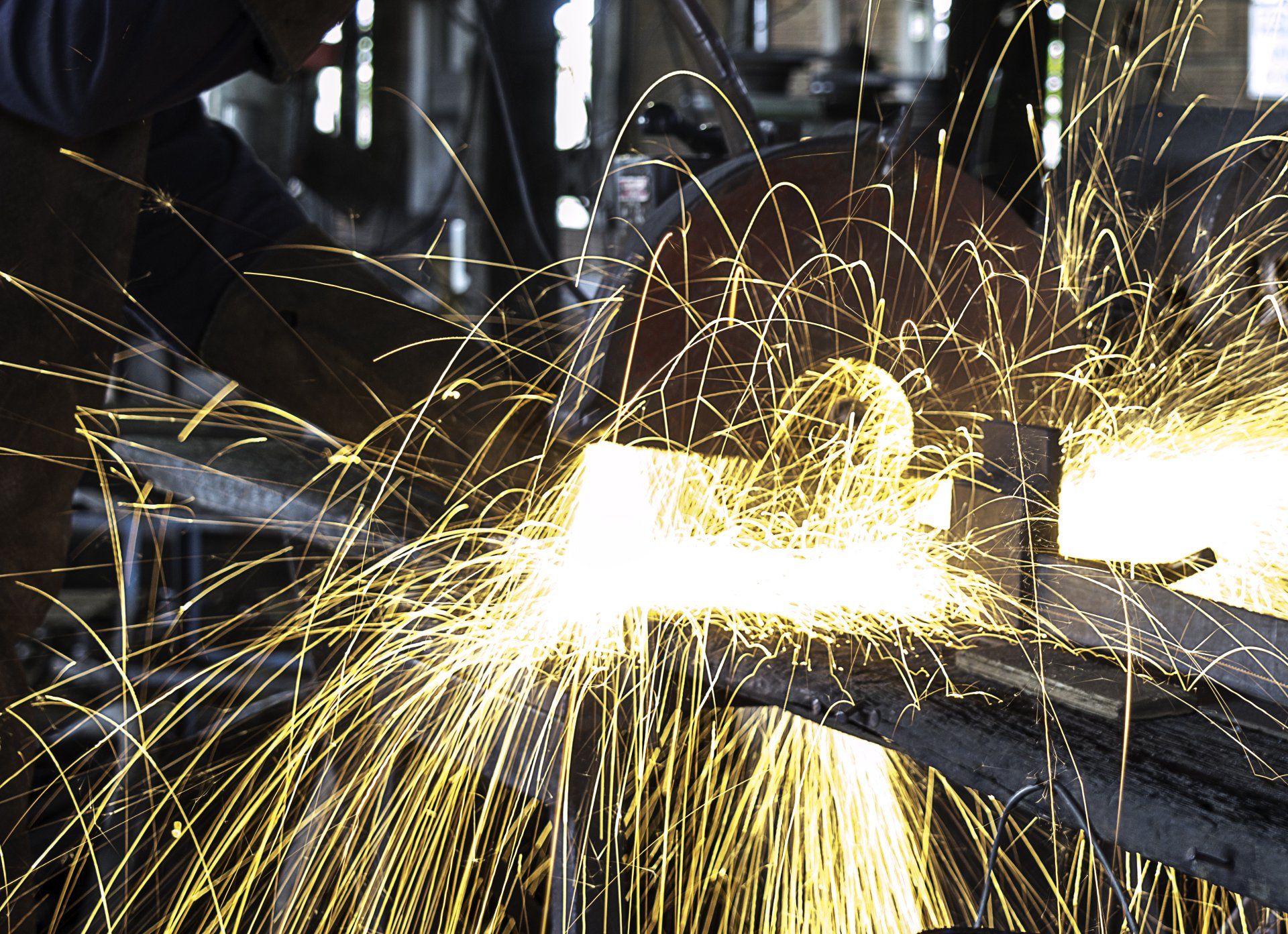Toyota Explodes on Texas Highway, Caught on Video
A car caught fire and subsequently burst into flames on State Highway 114 in the Dallas-Fort Worth area on Sunday, April 25th. The massive explosion was captured on video by a driver traveling in the opposite direction.
The video of the incident was reposted by the Southlake DPS on Twitter.
The Fiery Incident
A driver traveling on State Highway 114 in Southlake got lucky on Sunday when he caught a massive car explosion on camera. The flaming vehicle appeared to be stopped in the far lane on the other side of the roadway from the filming driver, but the fireball is clearly visible.
The vehicle in question, a Toyota Supra, can first be seen catching fire and billowing smoke just moments before it is engulfed in flames. Based on the footage, it’s possible that the fire originated towards the rear of the Supra before it possibly spread to the gas tank. No other vehicles on the highway were involved in the explosion.
According to authorities, no one was harmed in the incident, though the flames reportedly caused a grass fire. Southlake firefighters were able to bring the fire under control in a short amount of time.
The cause of this massive fireball remains under investigation.
What Causes Vehicle “Explosions?”
While we’re all probably familiar with the film and tv-version of a car explosion, the truth is that massive flaming fireballs are very uncommon in vehicle fires.
First, according to Motor and Wheels , to cause an explosion, an accident needs gas, fire, and oxygen. However, given the fact that vehicles run on liquid gas, the oxygen needed to cause an actual explosion isn’t present.
Second, vehicle gas tanks also aren’t pressurized, meaning they won’t burst from being heated like a propane tank might. Instead, auto-gas tanks have mechanisms built in to allow pressure to vent. While most tanks are made of moldable plastic, even metal-based tanks are meant to crack easily, rather than exploding.
Both of these factors are designed intentionally by vehicle manufacturers in order to make it more likely that vehicles will burn instead of explode.
Still, there are lots of factors that can make a vehicle fire seem like an explosion. For instance, grease on the roadway or vehicle can ignite suddenly, leading to a flare up. A vehicle’s tires may also burst during a fire, blowing a large amount of air to the fire, also potentially resulting in a flare up.
The exception to the non-explosion rule, however, may be electric vehicles. While the technology is relatively new, there have been a few examples of Tesla batteries exploding, though it’s possible that these incidents were caused by electrical components causing a spark in a crash.
Essentially, whether your car is electric or not, your vehicle is unlikely to catch fire unless there is a source of fire such as a crash.
If you’ve been injured in a fiery Texas car accident, reach out to the Houston car accident attorneys of Lapeze & Johns to learn about your options for legal compensation.



CONTACT
OPENING HOURS
- Mon - Fri
- -
- Sat - Sun
- -
